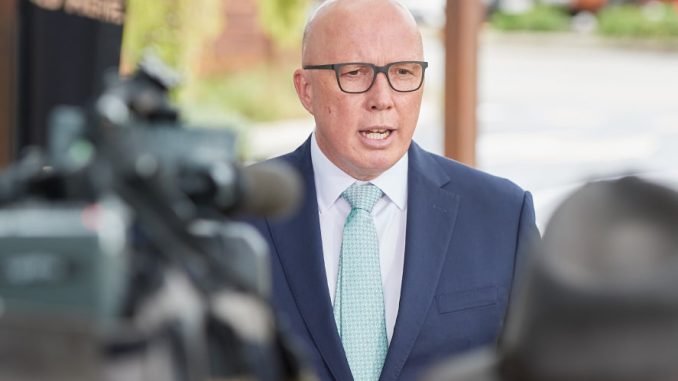
As soaring rent prices near Sydney’s major universities push international students to the brink, Coalition leader Peter Dutton continues to scapegoat them without evidence for Australia’s housing crisis.
However, multiple studies and data analyses have found no direct link between international students and rising housing prices.
Dutton’s proposal reflects a worrying trend in Australian politics that targets international students as convenient scapegoats for social crisis.
As a vulnerable group in Australian society, international students have once again been politicized and pushed into the spotlight, blamed for problems rooted in long-term policy failure.
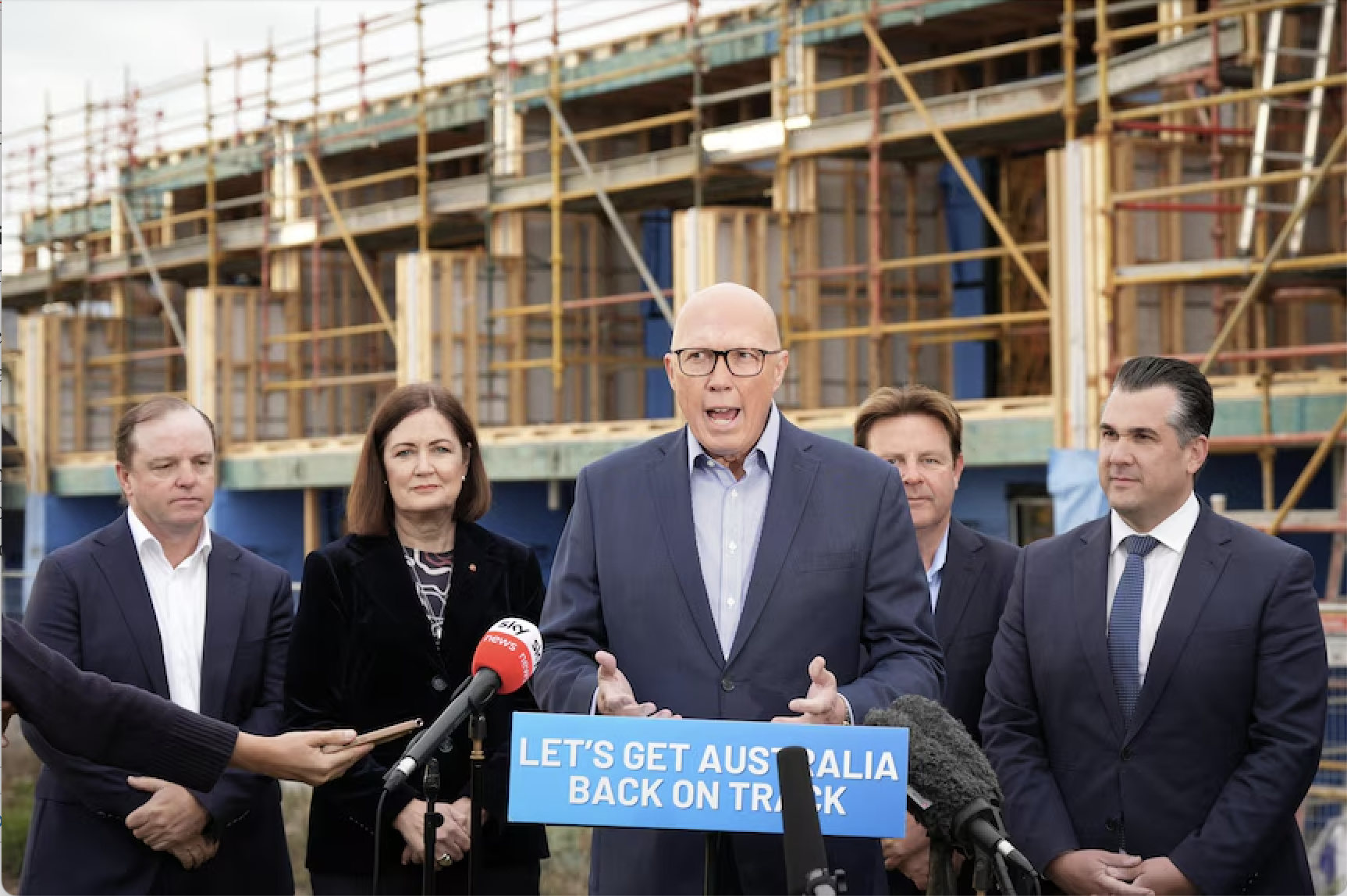
Peter Dutton, leader of the Coalition and a key contender in the 2025 Australian election, has proposed capping international student enrolments at no more than 250,000 by 2026 — a move that many see as more symbolic than effective.
Compared to the 270,000 cap proposed by Labor, Dutton’s plan has cut approximately 30,000 international student commencements, further intensifying anxiety among students and universities alike.
Peter Dutton blames the growing number of international students for the surge in rental prices. Credit: ABC News
He also announced that the proportion of international students in public universities will be capped at 25%, and the visa application fee for international students in Group of Eight (Go8) institutions will be increased to $5000. This could deepen the applicants’ financial strain and lead to more students turning to other countries.
International students have significantly boosted the Australian economy, contributing more than $51 billion in FY 2023-24, according to the Department of Education. Higher education alone accounted for more than $34.8 billion of this total.
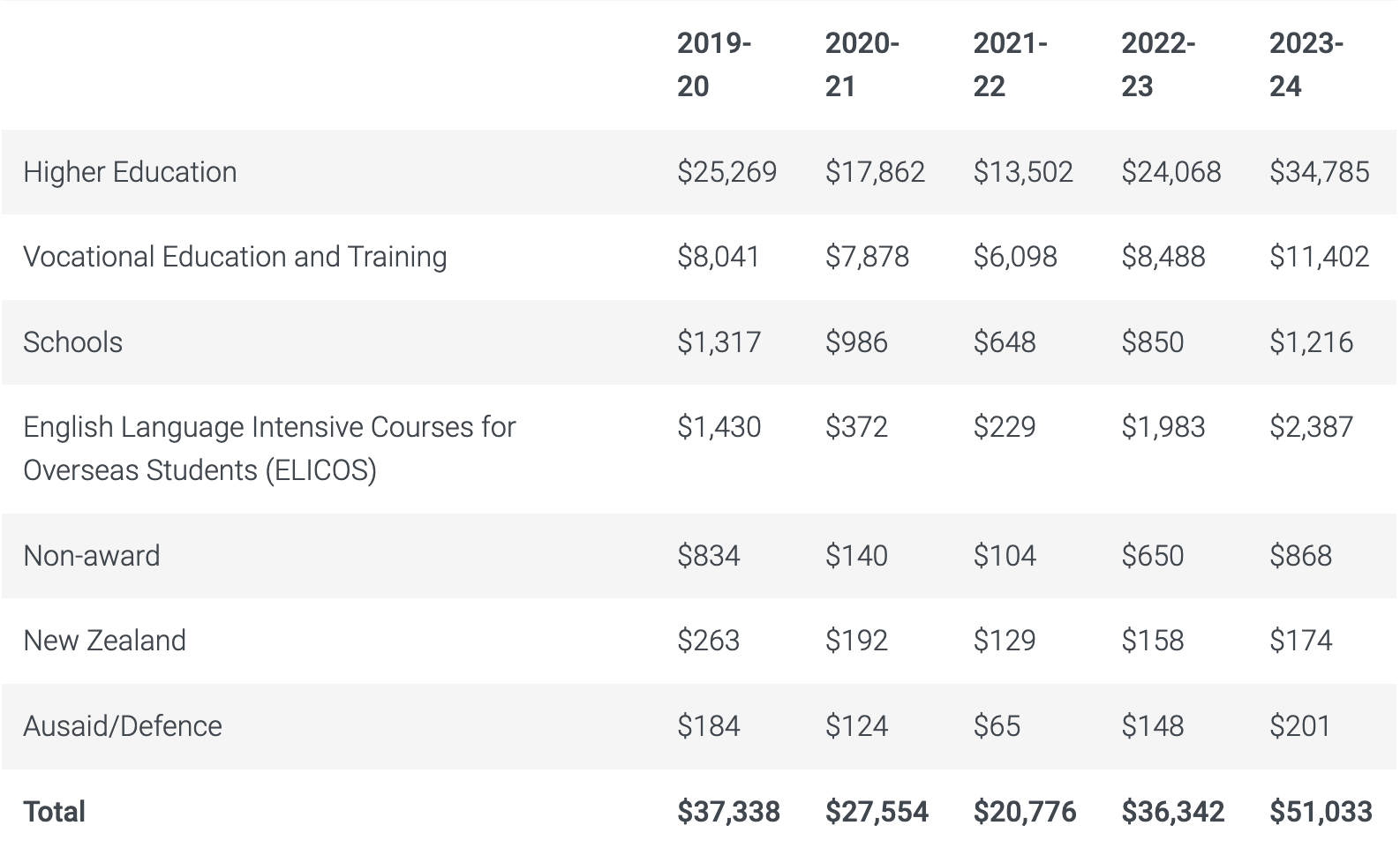
Cutting students number will have a significant negative impact on the Australian economy, since international students are deeply integrated into the socio-economic fabric of Australia’s major cities.
Yichen Xia, an international student of USYD, expressed his concern, ‘international students in Australia contribute at least billions of dollars to Australia’s economic growth every year… many students may choose to study in other countries with lower costs or closer to their hometown’, he says.
Since the end of the COVID-19 pandemic, Sydney’s rent prices have continued to soar, leaving many international students living on the edge of economic crisis.
According to the NSW government Department of Communities and Justice, median rents in Sydney have increased from $540 to $800 since December 2020.
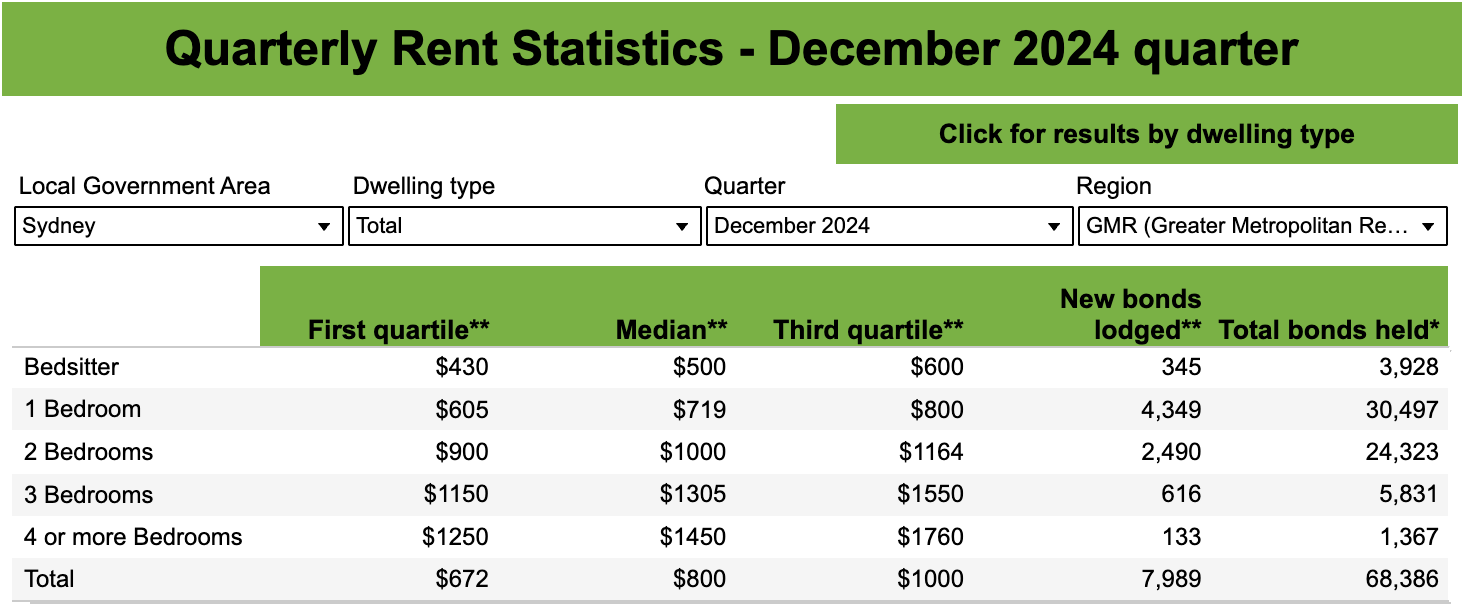
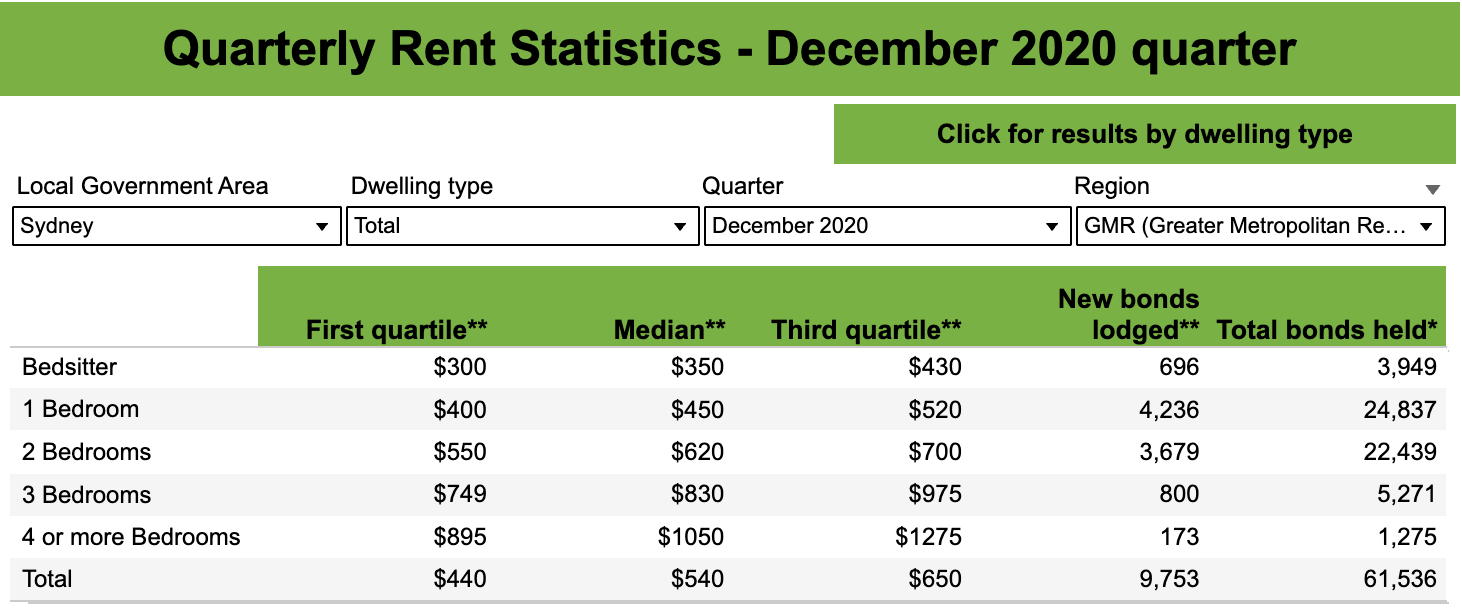
Shijie Wei, a Chinese international student of USYD, says he was shocked by the high cost of housing. ‘I think it (rent) is too high, even beyond my imagination,’ he said.
Mr Wei completed his bachelor’s degree in Alberta, Canada, where his rent in downtown was only half the cost of students’ accommodations near the USYD campus.
The rising cost of rent has forced many international students to find roommates to share expenses and take on part-time jobs to cover living costs. These additional burdens often lead to increased psychological and physical stress.
Mr Xia points out how the high rents will impact the lives of international students. ‘High rents will reduce the proportion of money that students can freely spend… the difference of several hundred dollars in rent per week will have a great impact on students’ lives,’ he says.
Blaming international students for the soaring rent may serve short-term political needs, but it ultimately collapses under research and studies.
Large-scale empirical studies have demonstrated that the number of international students does not statistically correlate with rising rental costs in Australian major cities, especially Sydney.
The report by the Student Accommodation Council revealed that international students are making up only 4 per cent of Australia’s rental market, while domestic students contribute about 6.2 per cent of the share.
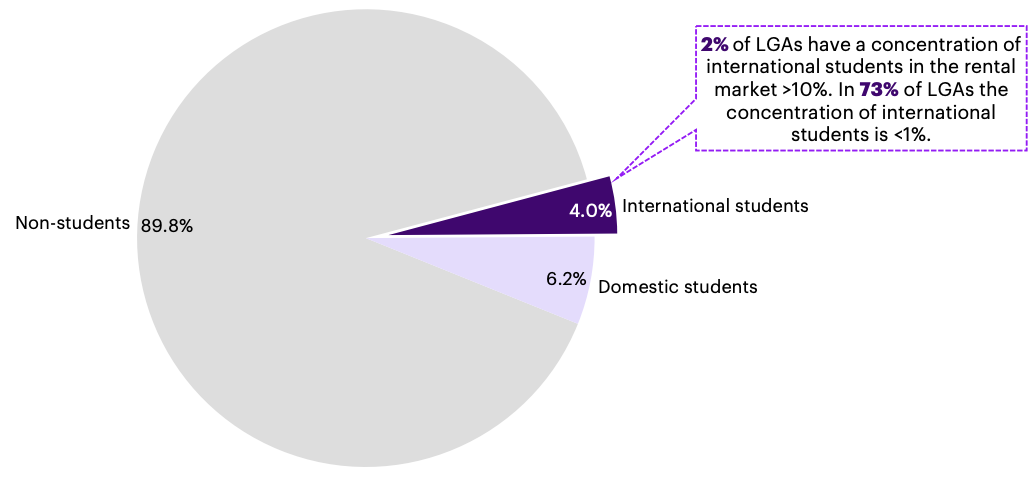
More than that, the report showed that from December 2019 to December 2023, the median rent per week increased by 30 per cent, while the student arrivals decreased by 13%.
Although the number of international students in 2024 has exceeded the pre-epidemic level in 2019, the rate of rent increase is still much faster than the growth in the number of international students.
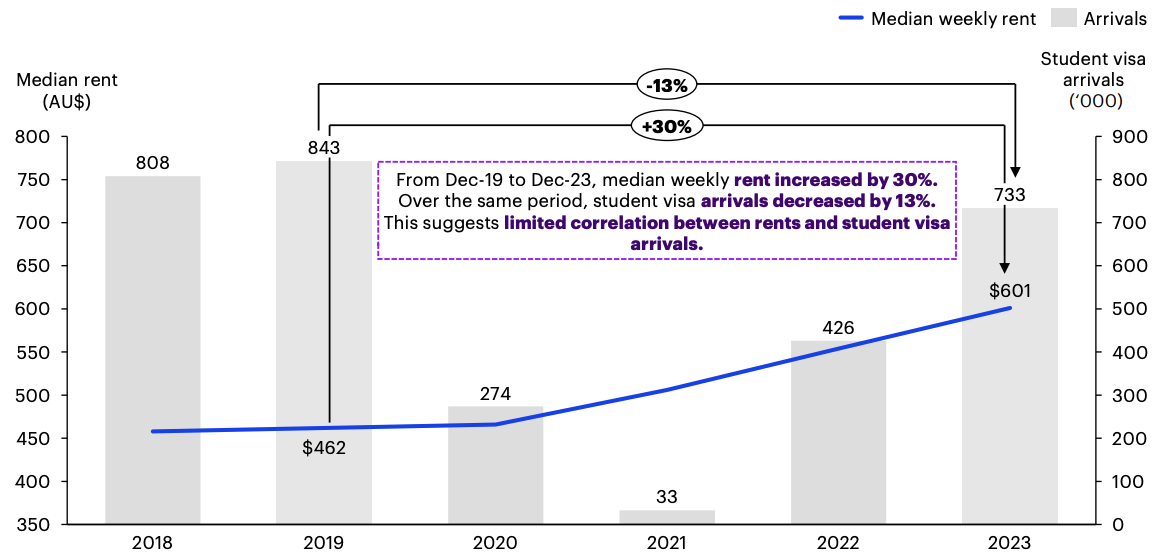
Moreover, many international students choose to live in purpose-built student accommodation (PBSA), which does not count towards the social housing supply.
All the findings prove that international students are not responsible for the rise of rental costs at the national level.
So what’s driving the housing crisis? Multiple factors contribute to the problem altogether.
Australia’s housing construction has failed to keep up with population growth after the pandemic, especially in the state of New South Wales.
Since immigrants peaked in 2023, numbers have started to fall. However, the approval of new housing continues to lag behind, resulting in a persistent shortage of supply, causing the continually rising housing costs.
International students do not vote, which makes them, like migrants without Australian citizenship, an ‘easy target’ for politicians seeking to please domestic voters.
‘These politicians need voters’ votes… to retain voters, they have to bully the weak,’ says Mr Xia. He feels angry about being blamed for the housing crisis, ‘International students don’t deserve the blame, after all, I’m the victim of high rents too.’
International students find themselves in an awkward position, being ‘both desired and unwanted’ in Australian society. They have made a huge contribution to economic growth, but at the same time, are publicly perceived as taking up housing that is supposed to belong to locals.
As Mr Wei says, ‘Immigrants and international students are the easiest target for the public to see and blame… they (international students) are in a disadvantaged position in Australian society.’
Without the support of reliable research, many people are led by intuition to believe that the rising international student numbers are the reason for skyrocketing rents. But such assumptions are unsupported by evidence, and the policies proposed by politicians like Dutton are largely unfounded.
Blaming everything on international students may win votes, however, it solves nothing but makes problems worse.
Unless politicians truly realize the problems, including insufficient supply and failed planning in the rental market, the crisis will continue. Blindly cutting the number of international students will only lead to a lose-lose situation.
It is time to let go of the scapegoat and directly confront the problems.



Be the first to comment